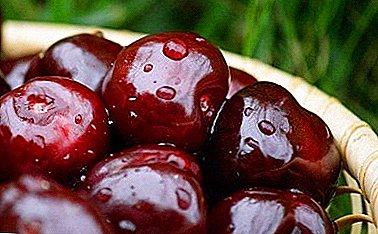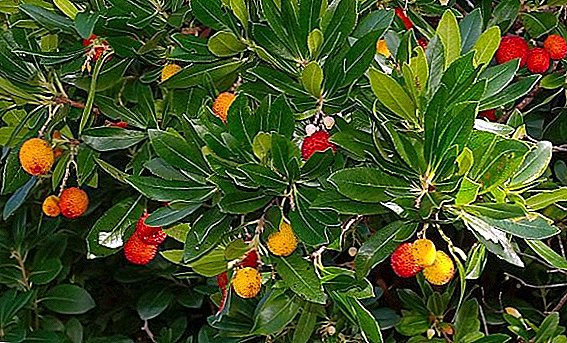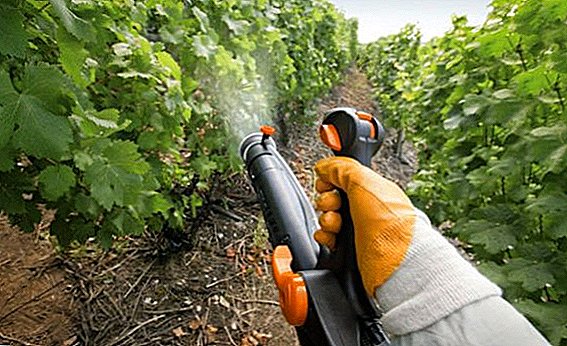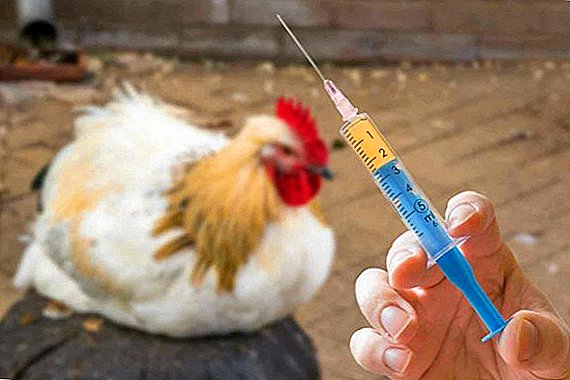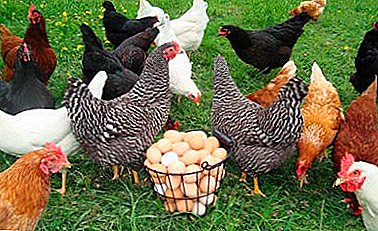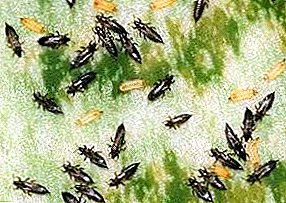
Thrips are considered malicious pests of crops and houseplants.
Tiny insects form large colonies that quickly destroy their prey.
Only in the post-Soviet territory there are about 250 species, each of which is a polyphage that eats any available plants. In the world, more than 2 thousand of these Bubble Fouls are known.
The most common types
It is very difficult to distinguish representatives of different types, most often it is only for specialists. All insects have a long, slim body, ending in a sharp tip. Its length does not exceed 1.5 cmand the majority is only a couple of millimeters. The legs are adapted only for running, sucking device of the mouth. The wings are narrow, transparent.
Typical torso coloring - black or dark brown, it is observed in the absolute majority of adults.
Larvae molt several times, constantly changing color from primordial pale yellow to deep red. The nymph (the last stage) is almost indistinguishable from the imago, only the wings are missing.
Wheat
 It can eat many plants, but the favorites are grasses - both cultivated and wild. In addition to wheat, they eat rye, buckwheat, barley, corn, oats, tobacco, cotton.
It can eat many plants, but the favorites are grasses - both cultivated and wild. In addition to wheat, they eat rye, buckwheat, barley, corn, oats, tobacco, cotton.
If there is no favorite food nearby, wheat thrips can attack weeds.
The color is always dark - black or brown, the legs and antennae are yellow. Female length up to 2.5 mm, the male is twice as short.
The life cycle is longer than that of other types of thrips, and fertility is less. Standard brickwork - up to 25 light red eggs.
Tobacco or onion
 Almost omnivorous insects, even eating with pleasure tobacco, garlic and any onion varieties. The favorites of the diet are all nightshade and umbrella cultures, many flowers.
Almost omnivorous insects, even eating with pleasure tobacco, garlic and any onion varieties. The favorites of the diet are all nightshade and umbrella cultures, many flowers.
Onion thrips likes to settle in greenhouses, greenhouses and hotbedswhere it is almost impossible to withdraw completely.
Unlike other species, adult tobacco thrips are painted in light shades - beige, yellow, light brown.
They develop much faster than wheat and other thrips, for the season 7 generations are born. Does not tolerate heat, dying at 38-42 °.
Ralenty
 As the name implies, it is a very omnivorous insect. It parasites on vegetables, berries, fruit trees and shrubs, indoor colors.
As the name implies, it is a very omnivorous insect. It parasites on vegetables, berries, fruit trees and shrubs, indoor colors.
Body color is predominantly brown, on the wings there are blackouts diluted with a cream stripe at the base.
The female hides eggs inside the stalks of forage plants, sometimes in sepals, where they are difficult to detect. Although this species does not apply to quarantine pests, it can cause serious damage in greenhouses and greenhouses.
Decorative
 Very thermophilic parasite that can live exclusively in the premises.
Very thermophilic parasite that can live exclusively in the premises.
He attacks for indoor and greenhouse plants, quickly leading them to death. Has no preferences sucking juices from all ornamental cropsgetting in the way.
Females are very small, barely grow up to 1.5 mm, the males are even smaller. Despite the fact that they do not hide at all on the inner side of the leaves, living openly, it is not easy to see them because of such microscopic dimensions.
The body has a very dark color, black or dark chestnut, the head, the segments of the abdomen and the wings are cast in bronze.
Thrips in indoor floriculture
House plants can be very badly affected by thrips. They stop in development, stop blooming. The leaves are covered with necrotic patches, dry and fall away. The most tasty for many species are orchids, ficuses and violets.
On the leaves of Saintpaulia attack decorative and onion kinds. They can easily be confused with the flies - sciarides. The main distinguishing feature of the attack is thrips - inflorescence petals stained with pollen. It spills out of stamens in which pests are hosted.
Thrips on orchids are frequent guests, since this is one of the favorite delicacies of the pest. They are attacked decorative, tobacco, Rosan, Dracene thrips. The leaves appear multiple silvery specks - prokus and necrosis, which gradually turn black.
Ficus amaze pretsenovy, decorative and california thrips. Not only do they suck the juice, necrotic foliage, so also carry viruses. Ficuses affected by viral diseases can no longer be cured.
Trips on ficuses and violets, photo:




Californian
The most harmful and dangerous species, which is attributed to quarantine parasites. It is very problematic to destroy it, and in large greenhouse farms it is almost impossible. Therefore, it is very important to comply with all activities aimed at preventing its occurrence.
Read more about California trips in the article.
There are very few external signs of thrips differences, many varieties resemble each other like twins. Yes, and determine the type is not so important as to find the right means to destroy these omnivorous pests.
In conclusion, we offer you a video about thrips on violets:


